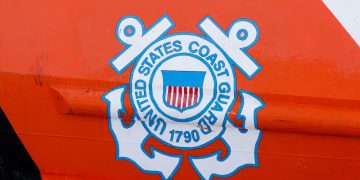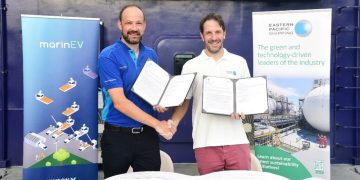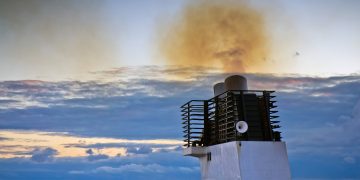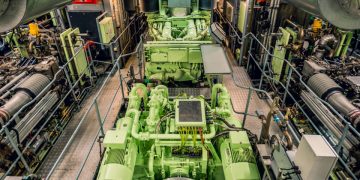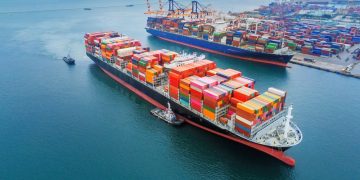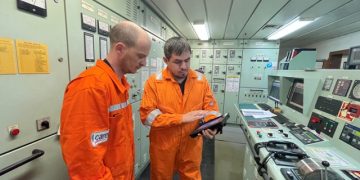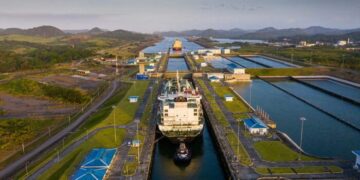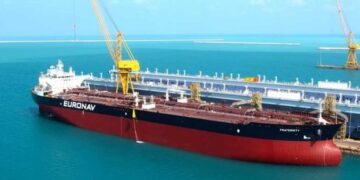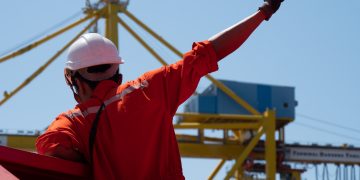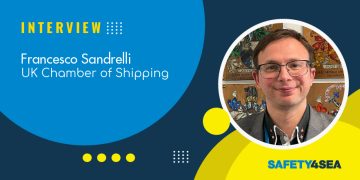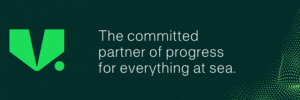The 2013 GreenPort Congress clearly identified that to achieve an environmentally responsible port sector, port users need to communicate more. The 9th GreenPort Congress will therefore focus on improving the relationship between the ports, its users, customers and stakeholders, who will all be involved in the programme. Hosted by the Port of Barcelona on 15-17 October 2014, the following sessions will be included: Customers, users and stakeholders perception of a Green Port Tools for green ports to respond to stakeholders' expectations Meeting the forthcoming challenges for green ports Global versus regional regulations on shipping related aspects and impact on ports Financing opportunities for green port R&D projects The 2nd GreenPort Cruise Conference will take place the day before the GreenPort Congress, on 14 October 2014, and will address the environmental and sustainability issues facing cruise ports and terminals across the world as, with the increasing popularity of cruise holidays, ports are seeing a large increase in the size and number of passenger ships visiting. The local infrastructure is also required to cope with the influx of huge numbers of passengers at a time. Cruise ports will learn how to avoid congestion in the cruise port, whether to choose Cold ironing ...
Read more







